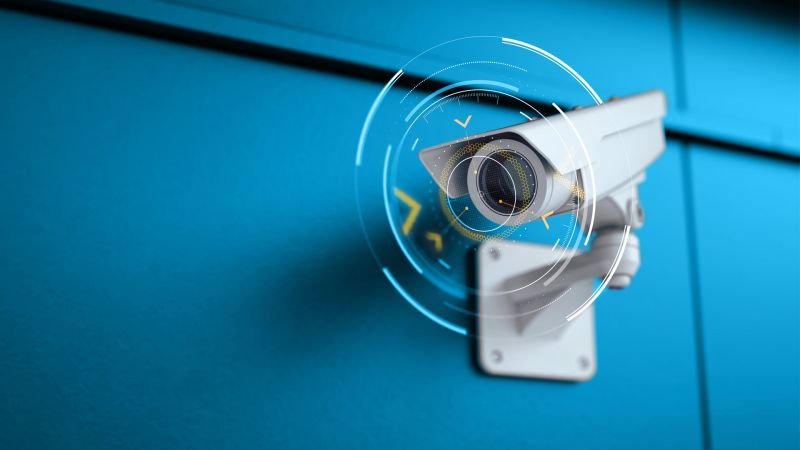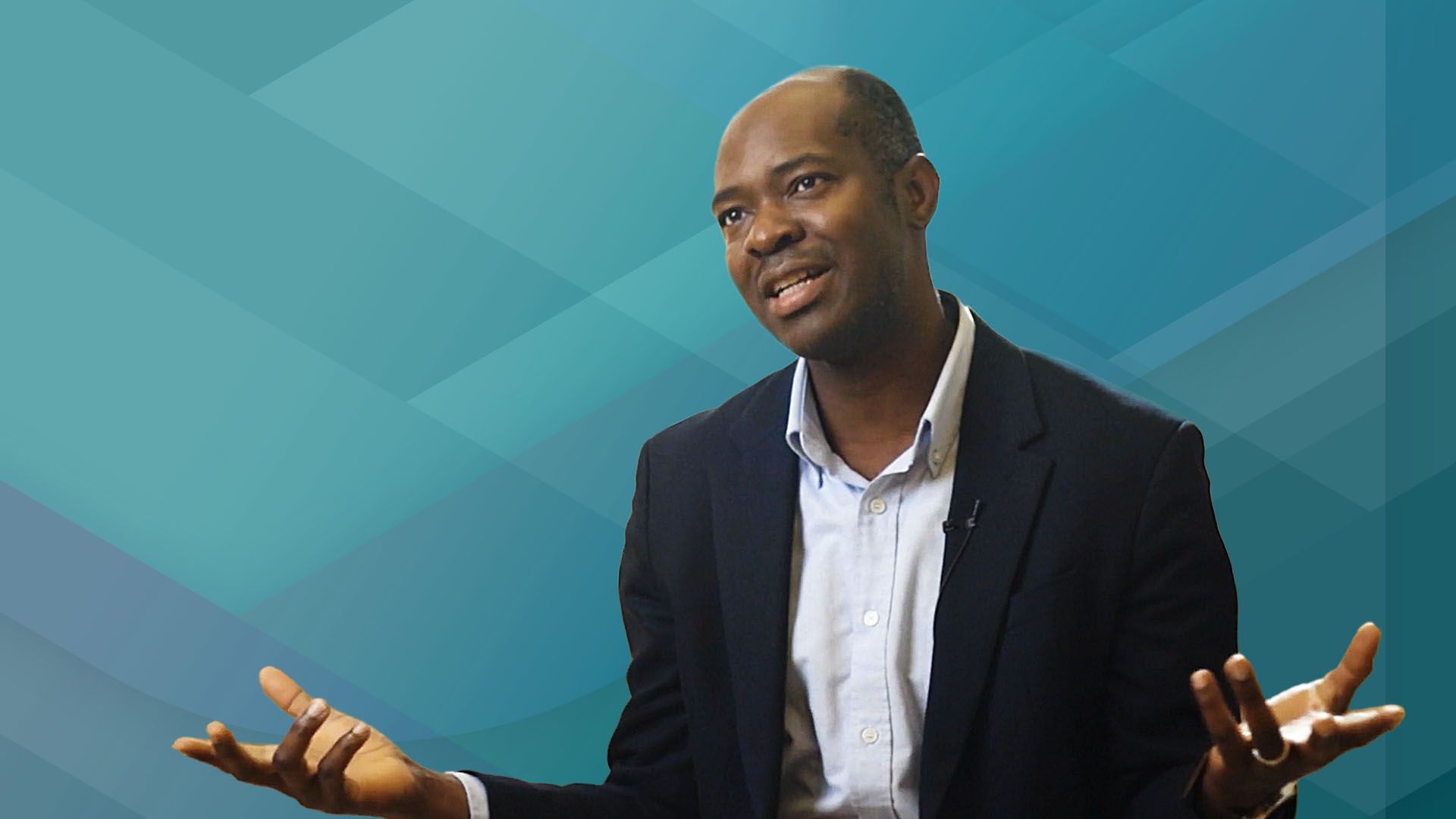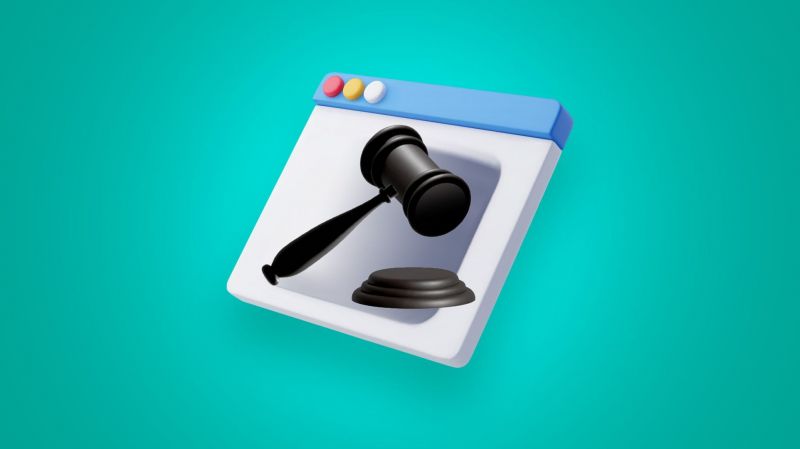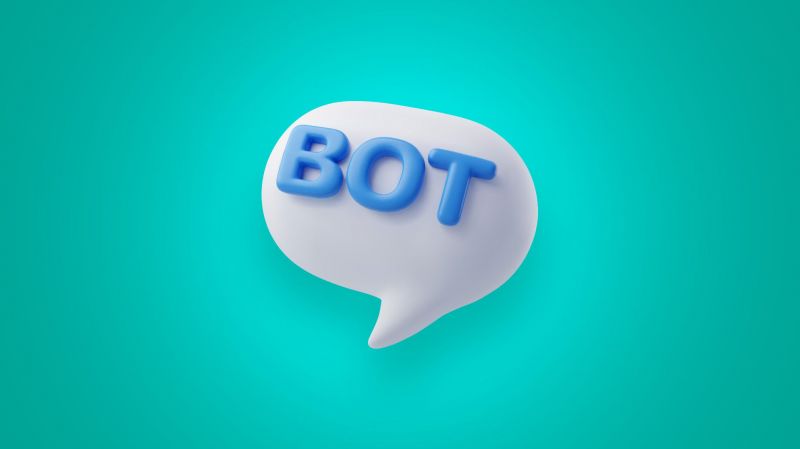The Upside of Employee Surveillance
Tracking people at work doesn't have to be creepy or demoralizing. Letting workers also surveil managers can be empowering for everyone

There are a lot of eyes on the employees who occupy the odd cubicles of Lumon, the fictional conglomerate whose mysterious practices drive the drama of the hit Apple TV+ series Severance. It’s never really clear who is watching whom, much less why, but as the show progresses, so too does the paranoia, frustration and disengagement of the surveilled workers. As they’re reminded, explicitly, in the second-season premiere: Lumon is Listening.
There are many elements of Severance that bend reality but, in capturing the creeping dread of people whose every professional act is scrutinized, the show taps into a pretty universal truth: most people don’t like the feeling of being spied on.
Yet, with the advent of digital technology and the growth of remote and hybrid work, employers have more opportunities than ever to play Big Brother. Thanks to the fresh ubiquity of workplace communication platforms (such as Slack, Teams and Google Workspace) and the development of more targeted monitoring tech (such as cards that monitor employee movement, AI tools that scan inter-office messages and office furniture that tracks worker biometrics), companies can keep tabs on the folks on their payroll with the click of a button. And, at a time when data is an increasing source of competitive advantage, the temptation for organizations to tally what its people are doing is powerful.
Whether and how this enhances the workplace is something Abayomi Baiyere thinks about a lot. Baiyere is an associate professor and Distinguished Research Fellow of Digital Technology at Smith School of Business, where he studies — among other things — how organizations use technology to reshape and rethink what they are, and what they do.
As Baiyere explains in this conversation with Smith Business Insight contributor Deborah Aarts, digital surveillance tools can empower employees and even improve their experience at work — but only when their bosses see it as a two-way street.
Would it be unreasonably suspicious of me to believe that employees today are under more surveillance than they have been in the past?
Not at all. Employees are definitely under more surveillance today than they once were.
That comes from how much technology we now use as part of our work. Any time we do anything in the digital world, we tend to leave traces of what we have done and who we have talked to. Even if the data remains dormant, it can be used to retrace the steps and actions of an employee long after an action has taken place.
Now, technologies like this are not presented as surveillance tools, and I don’t think many organizations implement them with the intent to surveil, but they do give companies the capability to make surveillance happen. It’s very easy to creep in that direction, which is why we see some organizations start to leverage their surveillance capabilities in a more controlling way.

What happens when organizations get too heavy-handed?
I think there are a few things to highlight, all related to employee experience.
First, when the pendulum of surveillance swings so far to the point where employees feel like they’re being watched, you really start sucking the motivation out of those employees and sucking the energy out of their work. No one likes feeling clamped down, or like they have to look behind their back before they can do anything.
Second, digital surveillance can also spark a trust breakdown between employees and their employers. Research has shown us how much you can do when there’s trust in the workforce: it’s something that’s typically very difficult to build, and even harder to rebuild when it’s broken.
Finally, when people know they’re being watched but don’t know why, it can create paranoia. The human mind has an amazing way of working: We will fill in the gaps with our own thoughts and assumptions, and we will often assume the worst. When things start to feel like an FBI movie, people can develop conspiracy theories.
Many people might have a negative knee-jerk reaction to the concept of workplace surveillance — and the examples you just gave support that outlook. But is keeping close tabs on what people are doing at work necessarily a bad thing?
For most people, the word “surveillance” does carry a negative connotation right off the bat. I do wonder if it’s time for a new term because collecting data and performance metrics about employee activity is not necessarily a net negative. I think there is a place for using this information in a way that is meaningful, that contributes towards an objective, and that does not make the person whose data is being accessed feel that it’s to their detriment.
What might that look like?
In research that I worked on with Maren Gierlich-Joas of Copenhagen Business School and Thomas Hess of LMU Munich School of Management, we argue that — when properly deployed — surveillance can actually become a means to empower employees.
In most organizations, only managers have oversight — they can see what employees are doing and they can monitor different things. We probed what would happen if those employees were able to not only see what the managers see but also agree to what data about their activity is visible. This, in effect, creates a sort of glass house where everyone can see and understand what’s going on. We call this concept inverse transparency.
What happens when inverse transparency is in effect?
We argue that two-way manager-employee awareness of the data that’s accessible has implications on managers’ thought processes. It makes them more cautious. It makes them ask, ‘Do I really need to access this information?’. And, if so, ‘Why?’ It forces them to think about how they would justify their surveillance if they were to be questioned by an employee. It makes managers more accountable for the actions they take related to employee data.

At the same time, our research shows that inverse transparency makes employees feel more empowered. They feel that they know what’s going on. They know how to prepare before approaching a manager with a question, or before a performance evaluation.
Might it also make employees feel their work is more “seen”— that their real efforts aren’t being overlooked?
I think so. Everyone wants the contributions that they’re making to be recognized. The same mechanism that allows for surveillance also allows for that type of visibility.
How can organizations develop a digital surveillance strategy that would enable these benefits?
To begin, they should look at both the costs and benefits of surveillance tools, and ask: is it really worth it?
If the answer is ‘yes’ — if they do choose to use technology for surveillance purposes — it’s really important to communicate clearly about the tools that they have in place. This can come down to explaining why the data is being collected in the first place and how it will be used. It’s about getting people to that place where they are comfortable in their understanding of how and why their employer is watching what they do. That helps build trust in the organization — especially when the manager is willing to hold the mirror up to themselves too.
That would require a shift in mindset for some leaders, would it not?
Inverse transparency can be difficult to implement in organizations dominated by control. You do need the culture of the organization to be ready to embrace a more open approach. It works best when managers recognize that transparency empowers employees, and that this empowerment is valuable. That can be a struggle for managers who need to appear all-knowing.
Where do you see digital surveillance going in the future?
Digital surveillance is definitely not going to disappear. I think, if anything, we will probably get more tools to do it.
That said, I think we’re going to see more pushback from employees about it. I think that’s where ideas such as inverse transparency will become very relevant. I think we’ll see a lot less one-way surveillance. And we’ll see a lot more features that enable two-way transparency. That’s how we’ll see organizations keep the downsides of surveillance to a minimum.





